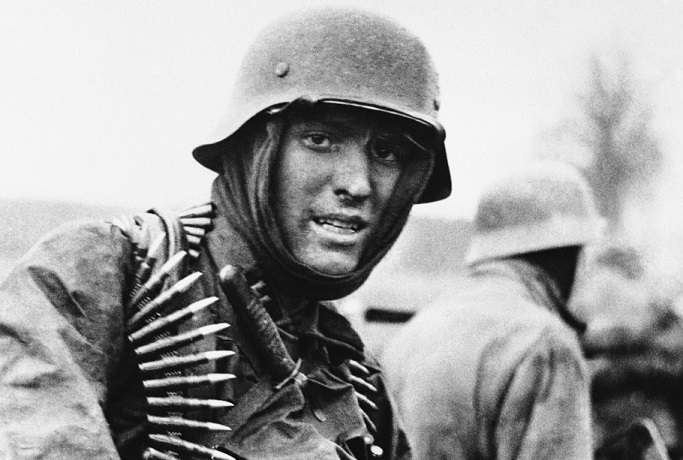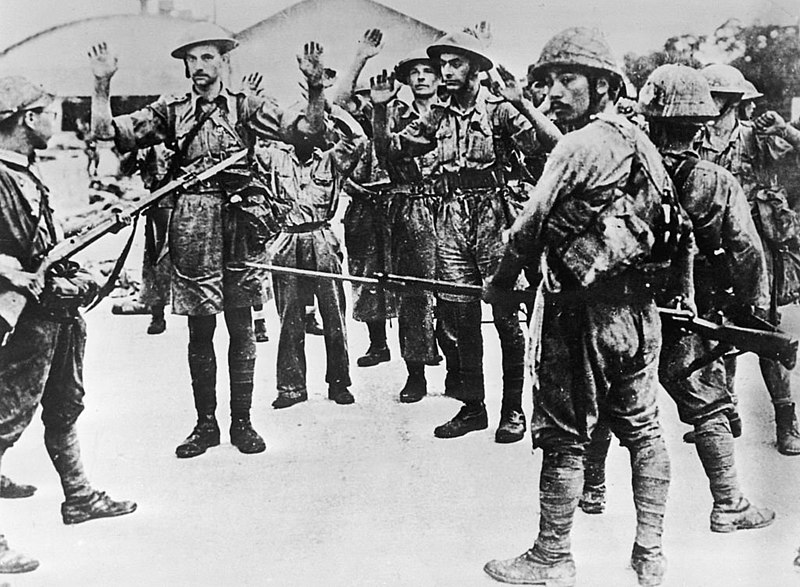
German offensive in the Ardennes - Hitler's last hope
Content
- The German offensive in the Ardennes on December 16-26, 1944 was doomed to failure. Nevertheless, she gave the Allies a lot of trouble and forced them to make huge military efforts: the breakthrough was eliminated before January 28, 1945. The leader and chancellor of the Reich, Adolf Hitler, divorced from reality, believed that as a result it would be possible to go to Antwerp and cut off the British 21st Army Group, forcing the British to evacuate from the continent to the “second Dunkirk”. However, the German command was well aware that this was an impossible task.
- Post navigation
The German offensive in the Ardennes on December 16-26, 1944 was doomed to failure. Nevertheless, she gave the Allies a lot of trouble and forced them to make huge military efforts: the breakthrough was eliminated before January 28, 1945. The leader and chancellor of the Reich, Adolf Hitler, divorced from reality, believed that as a result it would be possible to go to Antwerp and cut off the British 21st Army Group, forcing the British to evacuate from the continent to the “second Dunkirk”. However, the German command was well aware that this was an impossible task.
After dramatic fighting in Normandy in June and July 1944, the Allied forces entered the operational space and advanced rapidly. By September 15, almost all of France was in the hands of the Allies, with the exception of Alsace and Lorraine. From the north, the front line ran through Belgium from Ostend, through Antwerp and Maastricht to Aachen, then roughly along the Belgian-German and Luxembourg-German borders, and then south along the Moselle River to the border with Switzerland. It is safe to say that in mid-September, the Western allies knocked on the doors of the ancestral territories of the Third Reich. But worst of all, they created a direct threat to the Ruru. Germany's position was hopeless.
Idea
Adolf Hitler believed that it was still possible to defeat opponents. Certainly not in the sense of bringing them to their knees; However, according to Hitler, such losses could have been inflicted on them in order to convince the Allies to agree on peace terms that would be acceptable to Germany. He believed that weaker opponents should be eliminated for this, and he considered the British and Americans to be such. The separatist peace in the west had to release significant forces and means to strengthen the defenses in the east. He believed that if he could unleash a trench war of annihilation in the east, the German spirit would prevail over the communists.
To achieve a separatist peace in the west, two things had to be done. The first of these are unconventional means of retaliation - V-1 flying bombs and V-2 ballistic missiles, with which the Germans intended to inflict significant losses on the allies in large cities, mainly in London, and later in Antwerp and Paris. The second attempt was much more traditional, though just as risky. In order to present his idea, Hitler convened on Saturday, September 16, 1944, a special meeting with his closest associates. Among those present was Field Marshal Wilhelm Keitel, who was the head of the High Command of the German Armed Forces - OKW (Oberkommando Wehrmacht). Theoretically, the OKW had three commands: the Ground Forces - OKH (Oberkommando der Heeres), the Air Force - OKL (Oberkommando der Luftwaffe) and the Navy - OKM (Oberkommando der Kriegsmarine). However, in practice, the powerful leaders of these institutions took orders only from Hitler, so the power of the Supreme High Command of the German Armed Forces over them was practically absent. Therefore, since 1943, an abnormal situation has developed in which the OKW was entrusted with the leadership of all operations against the Allies in the Western (France) and Southern (Italy) theaters, and each of these theaters had its own commander. On the other hand, the Headquarters of the Supreme High Command of the Ground Forces assumed responsibility for the Eastern Front.
The meeting was attended by the Chief of the General Staff of the Ground Forces, then Colonel General Heinz Guderian. The third acting high-ranking general was the chief of staff of the Supreme High Command of the German Armed Forces - WFA (Wehrmachts-Führungsamt), Colonel General Alfred Jodl. The WFA formed the backbone of OKW, including mostly its operational units.
Hitler unexpectedly announced his decision: in two months an offensive would be launched in the west, the purpose of which would be to recapture Antwerp and separate the Anglo-Canadian troops from the American-French troops. The British 21st Army Group will be surrounded and pinned in Belgium to the shores of the North Sea. Hitler's dream was to evacuate her to Britain.
There was practically no chance of success of such an offensive. The British and Americans on the Western Front had 96 mostly full-fledged divisions, while the Germans had only 55, and even incomplete ones. Liquid fuel production in Germany was drastically reduced by Allied strategic bombing, as was munitions production. From September 1, 1939 to September 1, 1944, irretrievable human losses (killed, missing, mutilated to such an extent that they had to be demobilized) amounted to 3 soldiers and non-commissioned officers and 266 officers.
